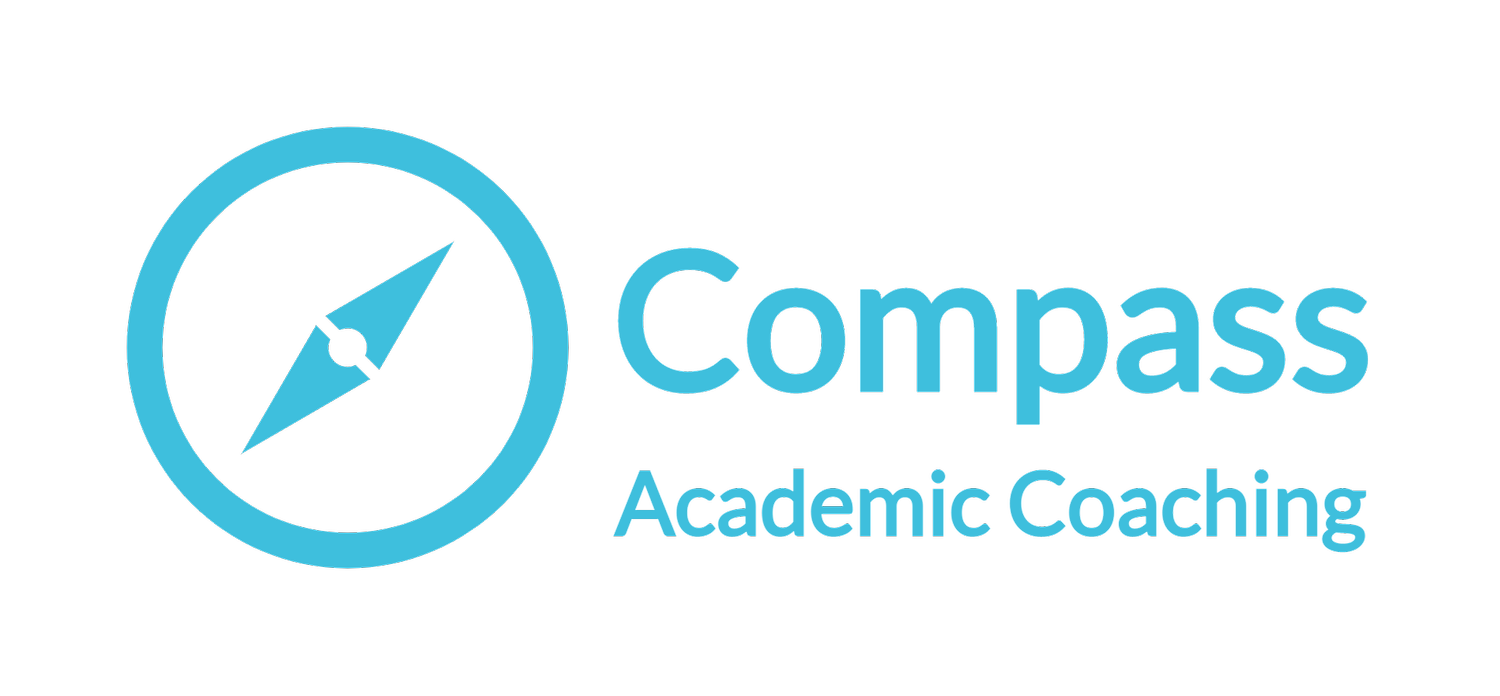So What? Who Cares? Writing a significance statement
Every academic writer has to answer two very important questions: So what? Who cares?
Answering these two questions is one of the ways academic writers get and hold their readers’ attention. Coming up with the answers can be incredibly difficult for doctoral students who may have a hard time envisioning anyone caring about their work.
The good news is your work does not have to be earth-shattering to be significant. If you are adding to a conversation, your work is significant to someone. You just need to state who that is and why the work matters to them. And you don’t have to come up with these answers from thin air. The literature you are already reading on your topic will point the way.
So here’s my quick-and-dirty method to discover your answers to the so what? and who cares? questions. Grab a piece of paper and let’s do this!
Start with the who.
Draw a line down the middle of your paper to make two columns. At the top of one of the columns, write who cares. It’s usually easier to start with the practical, so start brainstorming a list of all of the different professions of people who might be able to use your findings in their work. Who are you and who do see yourself speaking to? It’s probably colleagues and adjacent professions. My clients tend to be in disciplines like education, psychology, and social work, so the lists of professions they come up with often include teachers, administrators, therapists, and social workers.
In addition to practitioners, other researchers also care about your work. If you imagine the CVs of the people who would read your work, what research interests have they listed? Under your who column, write “scholars of…” and fill in the blank with a few possibilities. This list is probably going to resemble the keywords you choose for your dissertation/thesis/article.
Then move on to the what.
For your next column, write so what at the top. Now, for each of the types of people you listed in the who column, brainstorm one or more ideas about why those particular people might want to read your work. It can be helpful to think about those people’s goals and values. What are all these people working toward together? For example, teachers care about student success. Therapists want their clients to reach their goals. Your work probably doesn’t ensure either of those things happens (it would be rare for a single research project to do that), but your work contributes toward that big goal in some way.
For the researchers, what big conundrum are they collectively trying to solve? What do they call for further research about? To illustrate, if you were writing a dissertation about literacies and identities of new PhDs who teach composition, your work contributes to an ongoing exploration of how literacies and identities mediate one another. It also contributes to an ongoing exploration of the lived experiences of composition instructors.
If you are stumped…
It’s okay. You don’t have to come up with this on your own. Look at the literature you are already reading on your topic. How do those authors make their significance claims? Grab a handful of articles—ones that you really like and feel are well aligned with your project are best—and track the specific audience they name and the reasons they give for why the audience cares about their work. A good place to look is the discussion/conclusion section, where the authors talk about implications of their findings.
Narrow down your list and draft!
Good brainstorming sessions generate more ideas than you will ultimately use. Look at your lists and choose the three most compelling whats you came up with. Note which whos go with those whats. Now you are ready to draft a significance statement. Please hear me when I tell you to draft, which does not mean create the final product. It means create something you can continue to refine later.
And more good news: because this significance (or “contribution”) statement is so common in academic writing, you don’t have to come up with the language for it either. You will find templates everywhere. You can look through those articles you are already reading and the model dissertations you’ve been reading (you are reading models, right?!). You can also go to resources like They Say/I Say or the Academic Phrasebank. If you use the Academic Phrasebank, navigate to > Introducing Work > Stating the Significance of the Current Study.
Go forth and state the significance of your project!

